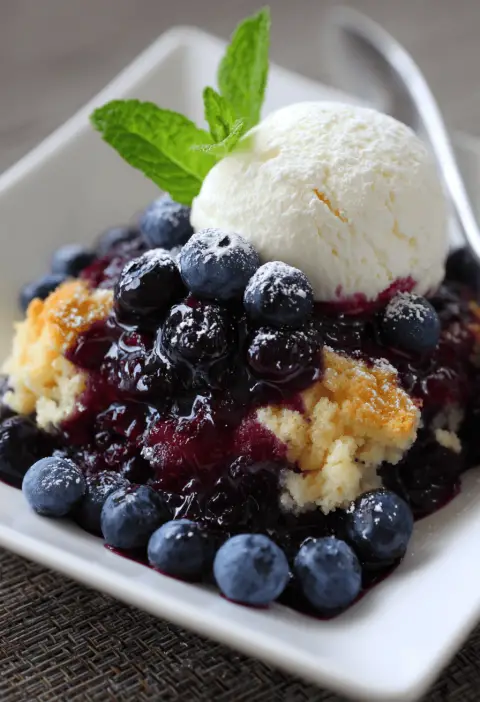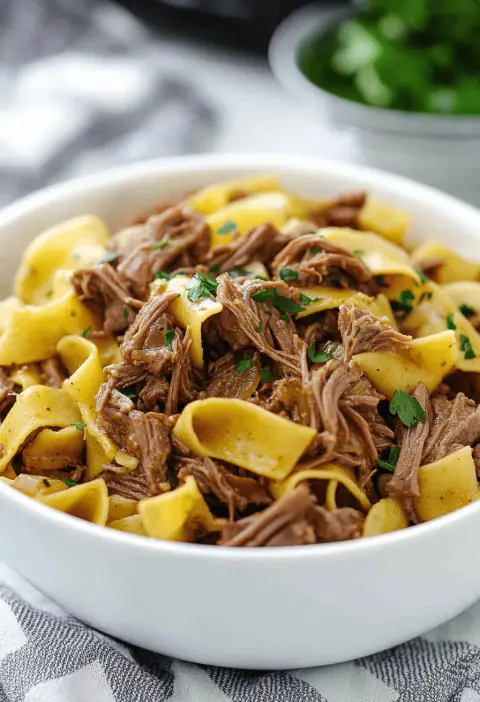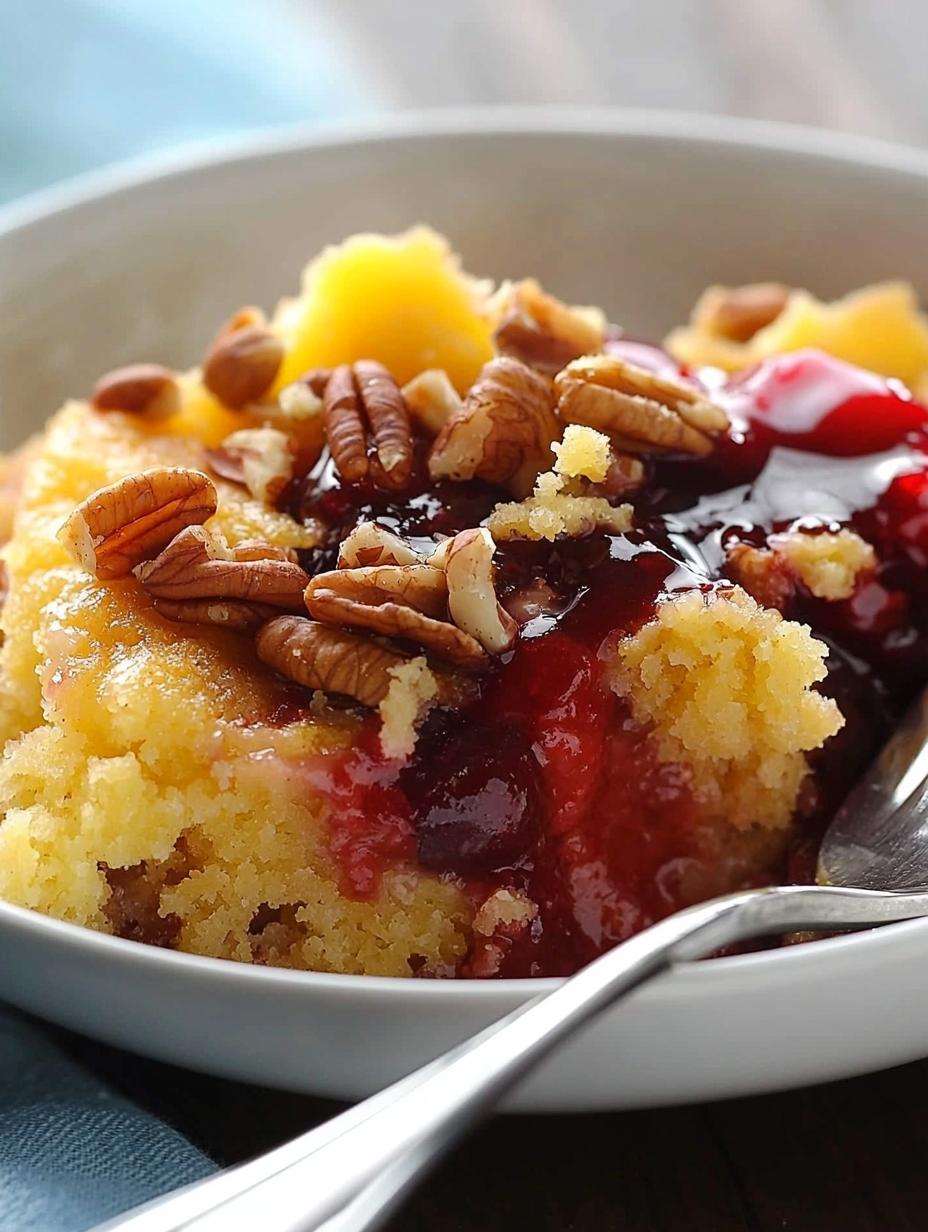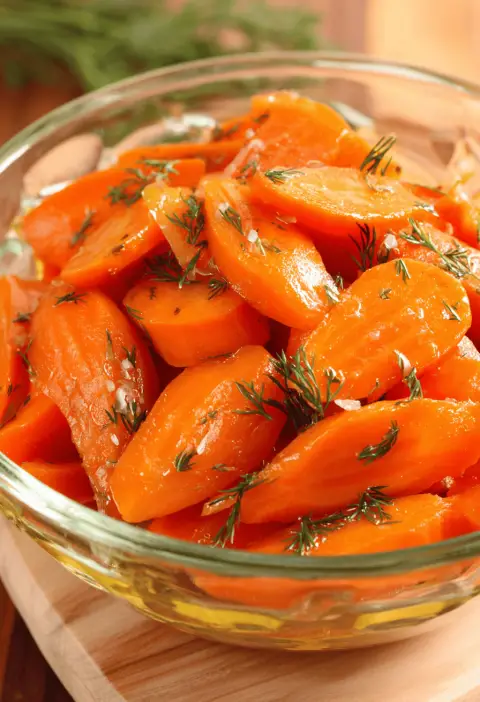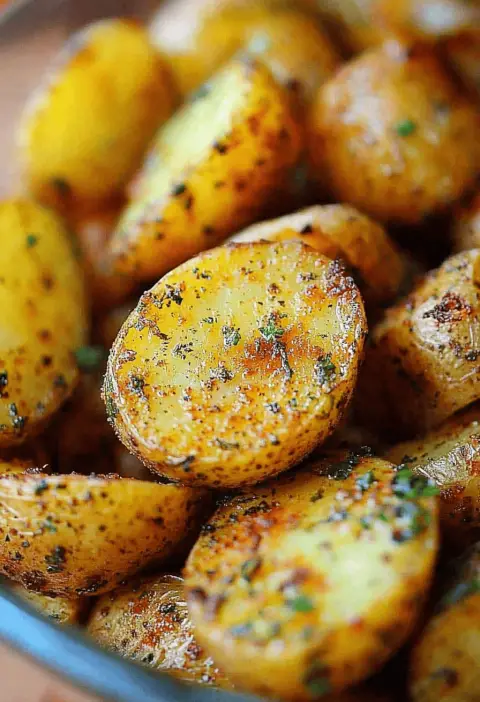Sourdough Starter Recipe
This Sourdough Starter Recipe will guide you step by step to cultivate a bubbly, tangy homemade starter with simple ingredients and no special equipment.
If you’ve ever wondered what makes artisan loaves rise with crackly crusts and open crumb, let me explain: it’s all about fermentation and wild yeast. A sourdough starter is simply a mix of flour and water that captures airborne yeast and friendly bacteria, transforming pantry staples into a living, tangy culture. I began mine one crisp autumn morning, inspired by my grandmother’s cozy kitchen and the comforting scent of burgeoning dough. Beyond nostalgia, homemade fermentation offers gut-friendly benefits and a sense of culinary self-reliance—no commercial yeast required. Ready to cultivate your own bubbly friend? Let’s get mixing.
Why You’ll Love This Recipe (H2)
- Purely homemade: no packaged yeast, just flour, water, and time.
- Simple ingredients: pantry staples come to life.
- Gentle fermentation: encourages gut-supporting bacteria.
- Frugal baking: create endless loaves without extra cost.
- Beginner-friendly: clear day-by-day instructions for every home cook.
- Adaptable: switch flours (whole wheat, rye) to suit taste.
- Sustainable: reduce waste by discarding & re-feeding smartly.
- Engaging process: fun, almost meditative routine.
- Reliable results: tips to troubleshoot sluggish starters.
- Connects generations: share the tradition with kids or grandkids.
Ingredients (H2)
• 50 g (¼ cup) whole wheat flour (Bob’s Red Mill or King Arthur recommended)
• 50 g (¼ cup) unbleached all-purpose flour
• 100 g (½ cup) filtered or bottled water, room temperature (chlorine-free)
• Optional: 1 Tbsp rye flour to boost activity
Equipment:
- A 1-quart glass jar with a loose-fitting lid or cloth cover
- A digital scale (e.g., OXO Good Grips) for accuracy
Tips:
- Use fresh, unbleached flour to maximize natural sugars that wild yeast love.
- Tap water with chlorine can slow fermentation; let it sit uncovered for an hour or use bottled.
- A clear jar helps you track bubbles and growth more easily.
Directions (H2)
-
Day 1: Mix flours and water.
Stir 50 g whole wheat and 50 g all-purpose flour with 100 g water in your jar. Cover loosely so air can flow. Place in a warm spot (70–75 °F is ideal). -
Day 2: Check for bubbles.
You might see tiny bubbles—if not, no worries. Stir the mixture once to incorporate air. Cover and return to warmth. -
Day 3: Discard & feed.
Remove half the starter (about 100 g) and discard or use in recipes like pancakes. Add 50 g AP flour, 50 g whole wheat flour, and 100 g water. Stir vigorously; cover. -
Day 4: Twice-daily feeds (optional).
For a faster rise, feed morning and evening: discard half, then add 50 g AP flour and 50 g whole wheat plus 100 g water each time. Aim for a thick pancake-batter consistency. -
Day 5: Look for doubling.
By now your starter should double in volume within 4–6 hours of feeding. It’ll smell pleasantly sour and show plenty of bubbles. If not, keep feeding once daily until it does. -
Day 6+: Maintain and adjust.
Once reliably doubling, switch to once-daily feeds or move to refrigeration. To feed, discard half, then add equal weights of flour and water. -
Using your starter:
Always feed (refresh) your starter at least 8–12 hours before baking. A ripe starter will float in water—your best test for readiness. -
Troubleshooting tip:
If your starter smells unpleasantly “off” (like nail polish remover), stir it, skip feeding for 12 hours, then resume with fresh flour and water.
Servings & Timing (H2)
Makes: about 1 cup of active starter
Prep Time: 5 minutes initial mix
Resting Time: 5–7 days with light daily naps (feedings)
Total Time: roughly one week from first mix to baking-ready starter
Variations (H2)
• Rye-Boost Starter: Swap half the whole wheat for rye flour for extra rise.
• Gluten-Free: Use a blend of brown rice and quinoa flours, with 2 tsp chia seeds for structure.
• Fruit-Fermented: Stir in a few mashed grapes on Day 3 for natural yeasts (strain seeds out).
• Whole-Grain Focus: Use 100% whole wheat if you enjoy hearty, darker breads.
• Hydration Twist: Go 1:1:1 (equal weights) for a pourable, high-hydration starter.
• Overnight Cold Ferment: After Day 3, cover and chill starter for slow flavor development.
Storage & Reheating (H2)
Store in the fridge once your starter is mature; it can rest up to two weeks between feedings. For longer stints, freeze a portion in an airtight container—thaw overnight in the fridge and resume daily feeds. If chilled, bring to room temperature and feed twice before using; this “wakes” the wild yeast back up. For make-ahead baking, feed 12 hours prior, let it peak, then mix into your dough for next-morning baking.
Notes (H2)
- Temperature matters: I learned that my kitchen’s slight draft near a window slowed things—moved the jar atop the fridge, and voilà.
- Consistency tip: Aim for a texture like thick pancake batter; too thin can lead to runny starter.
- Discard ideas: Use that discard in waffles, crackers, or banana bread so nothing goes to waste.
- Hydration tweak: Thicker starters ferment more slowly but can have a milder tang—experiment as you like.
- Jar choice: Glass over plastic; you’ll spot any mold or weird colors right away.
FAQs (H2)
Q: Why is my starter not bubbling?
A: Temperature below 70 °F can slow fermentation; tuck it in a warmer corner or on top of the fridge.
Q: Can I use tap water?
A: If yours is heavily chlorinated, it may delay activity—let it sit open for an hour or use filtered water.
Q: What if a layer of liquid forms on top?
A: That’s “hooch,” a harmless alcohol byproduct—pour it off or stir it back in before feeding.
Q: How often should I feed?
A: Daily at room temperature; if chilled, once every 1–2 weeks is fine.
Q: Can I skip the discard?
A: You need to remove some starter to keep acidity balanced; use the discard in recipes if you hate waste.
Q: My starter smells like nail polish remover—help!
A: That acetone scent means it’s starving; feed it more often and keep it warm.
Q: How do I know when it’s ready to bake?
A: A doubling in volume and a float test in water usually mean it’s primed for dough.
Q: Can I share my starter?
A: Absolutely—send a spoonful, some jar, and instructions, and your friend will soon have their own.
Conclusion (H2)
This sourdough starter recipe turns simple pantry ingredients into a lively, tangy culture you’ll adore. From capturing wild yeast to baking your first rise, each step is a small celebration of fermentation magic. Give it a try, share your success in the comments, or explore my Sourdough Bread Recipe next—happy cultivating!

Sourdough Starter Recipe
Ingredients
- 50 g (¼ cup) Whole wheat flour
- 50 g (¼ cup) Unbleached all-purpose flour
- 100 g (½ cup) Filtered or bottled water Room temperature (chlorine-free)
- 1 Tbsp Rye flour Optional to boost activity
- A 1-quart glass jar with a loose-fitting lid or cloth cover
- Digital scale (e.g., OXO Good Grips) for accuracy
Instructions
- Stir 50 g whole wheat and 50 g all-purpose flour with 100 g water in your jar. Cover loosely so air can flow. Place in a warm spot (70–75 °F is ideal).
- You might see tiny bubbles—if not, no worries. Stir the mixture once to incorporate air. Cover and return to warmth.
- Remove half the starter (about 100 g) and discard or use in recipes like pancakes. Add 50 g AP flour, 50 g whole wheat flour, and 100 g water. Stir vigorously; cover.
- For a faster rise, feed morning and evening: discard half, then add 50 g AP flour and 50 g whole wheat plus 100 g water each time. Aim for a thick pancake-batter consistency.
- By now your starter should double in volume within 4–6 hours of feeding. It’ll smell pleasantly sour and show plenty of bubbles. If not, keep feeding once daily until it does.
Notes
Consistency tip: Aim for a texture like thick pancake batter; too thin can lead to runny starter.
Discard ideas: Use that discard in waffles, crackers, or banana bread so nothing goes to waste.
Hydration tweak: Thicker starters ferment more slowly but can have a milder tang—experiment as you like.
Jar choice: Glass over plastic; you’ll spot any mold or weird colors right away.


